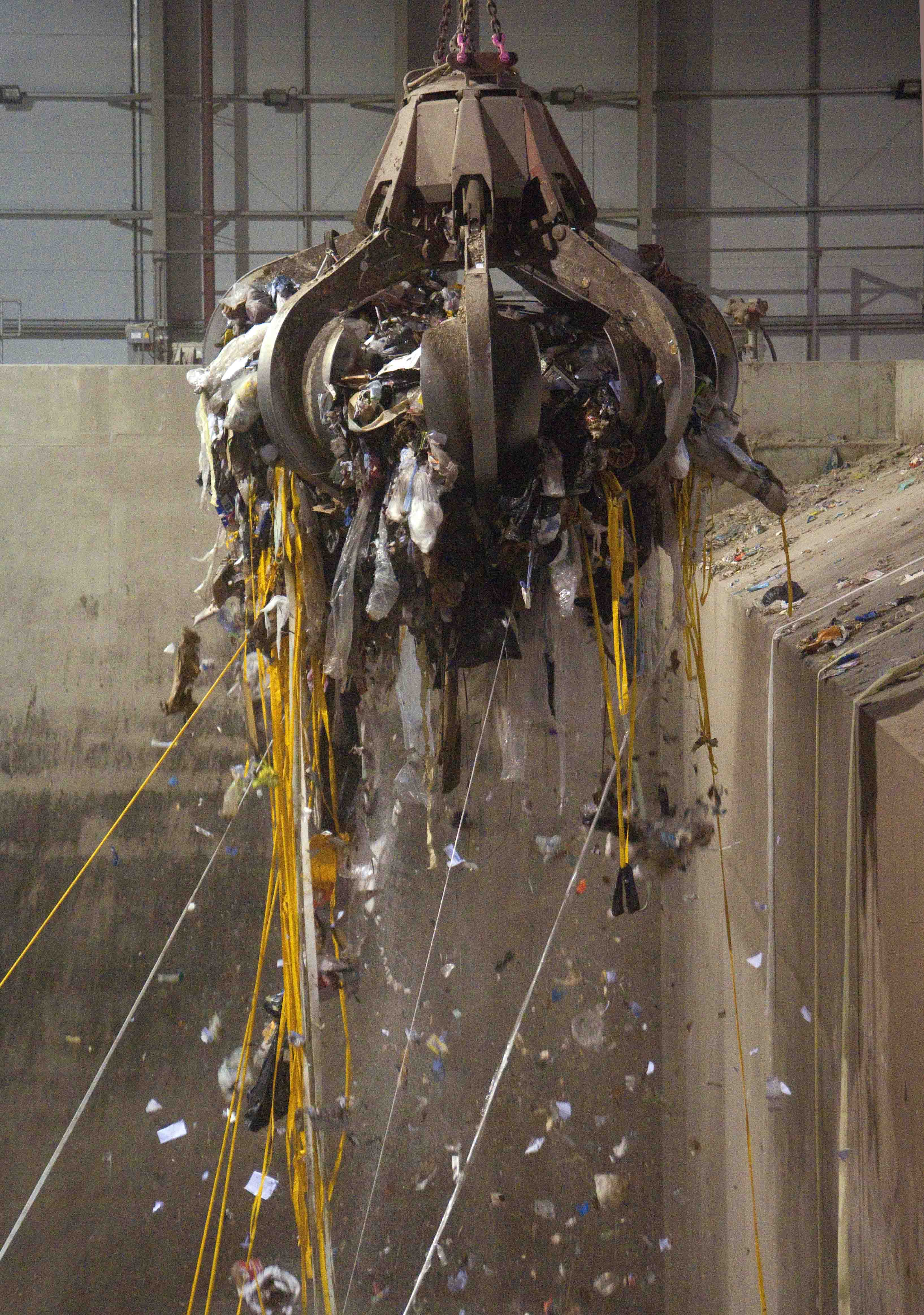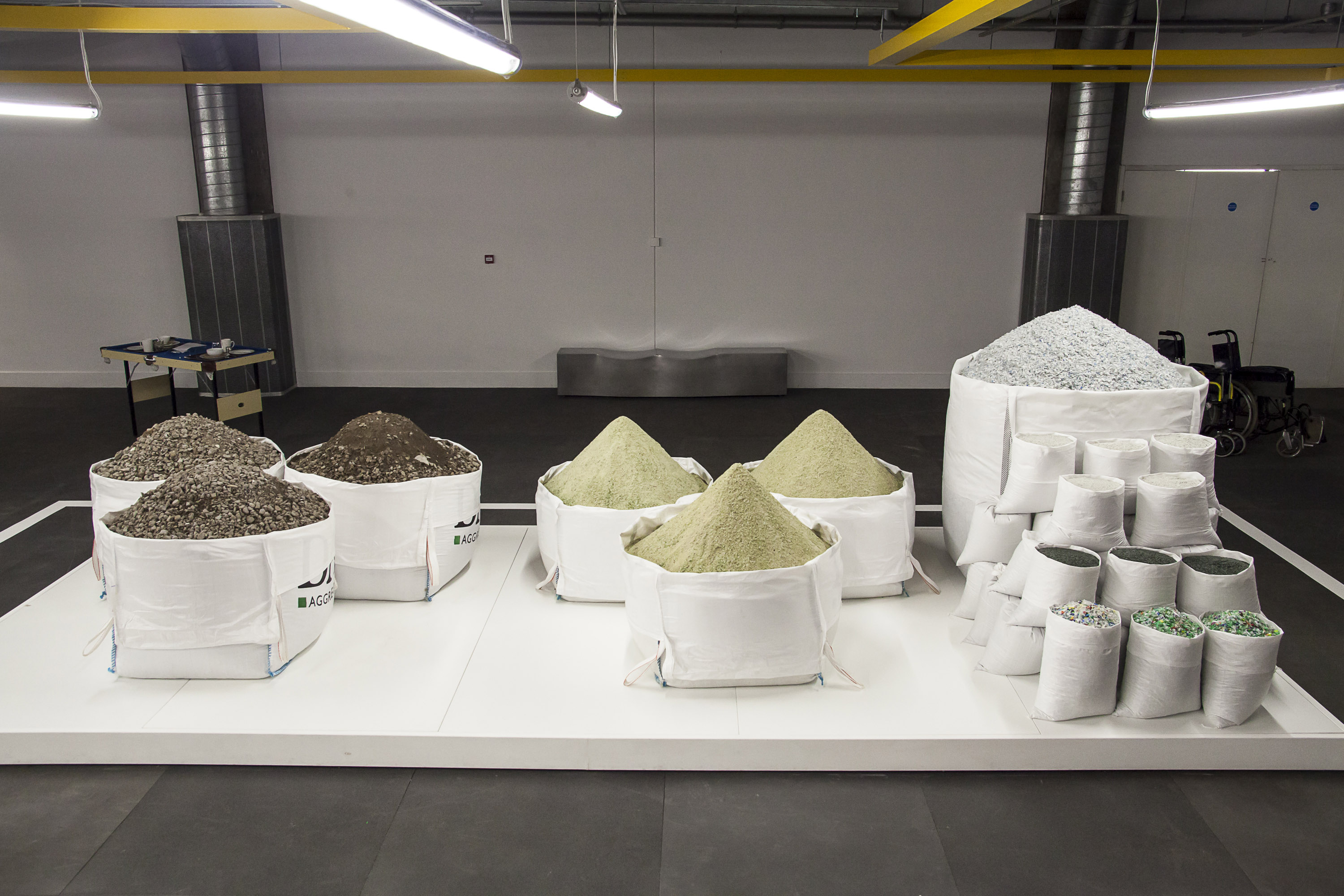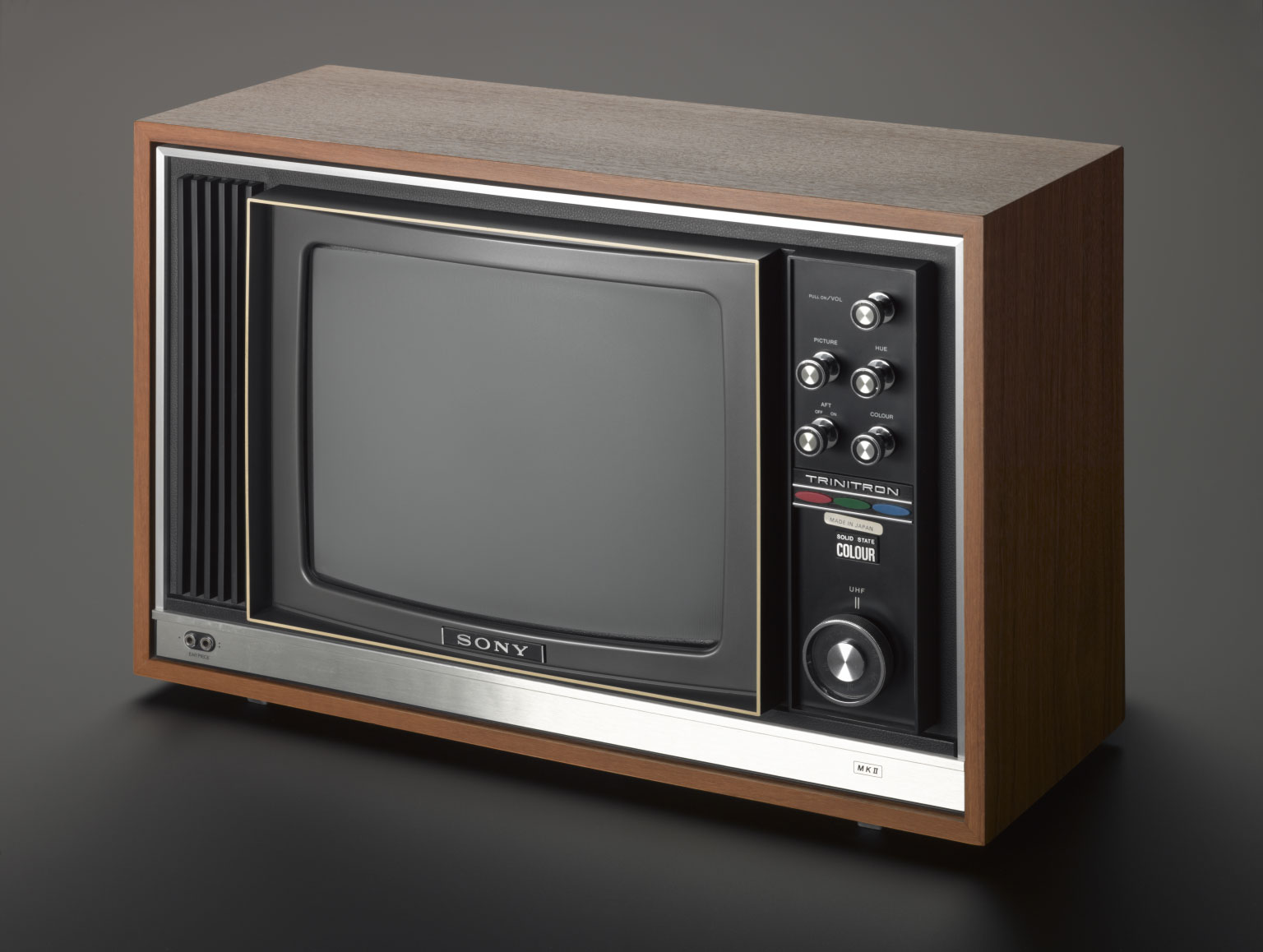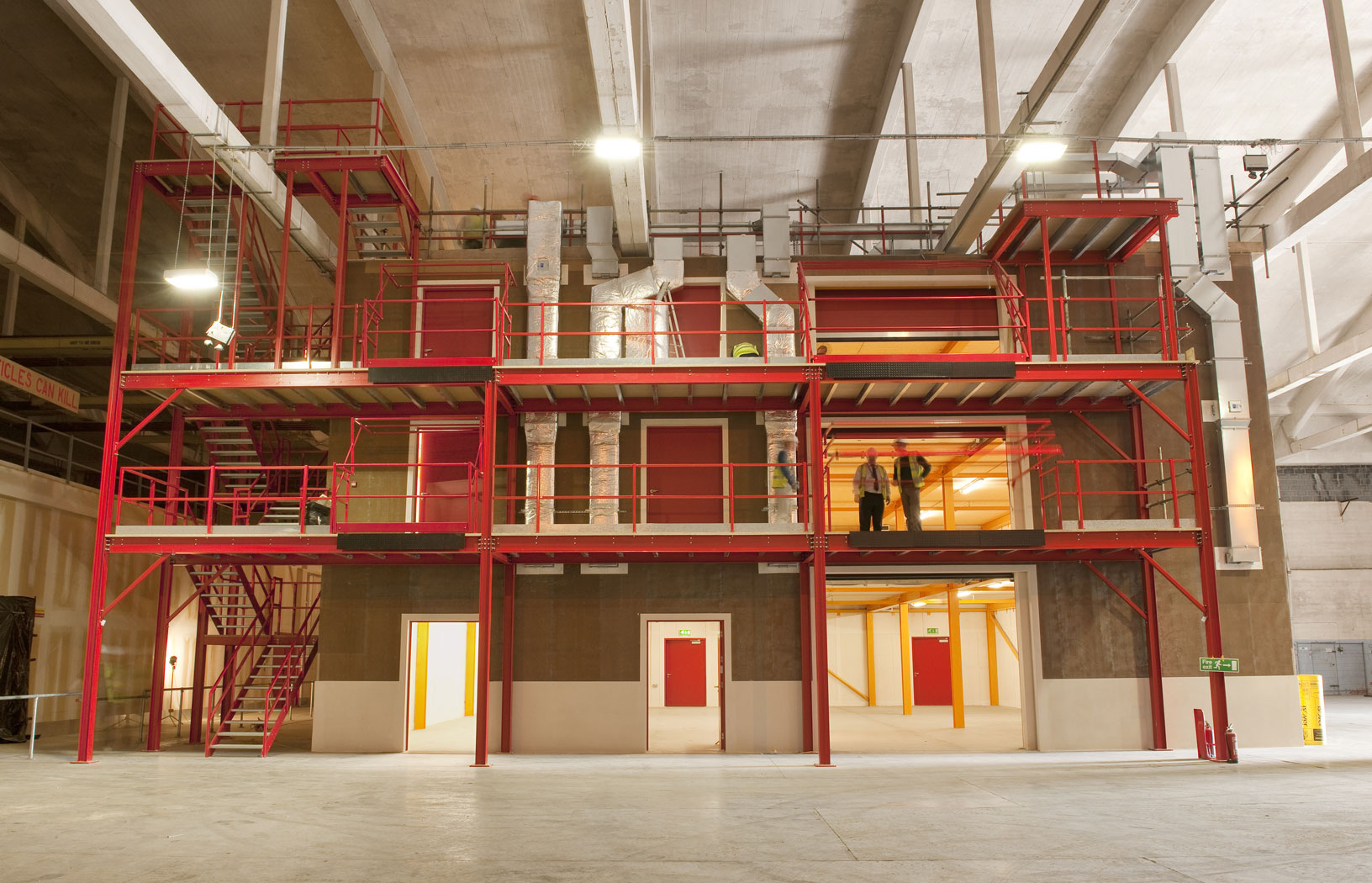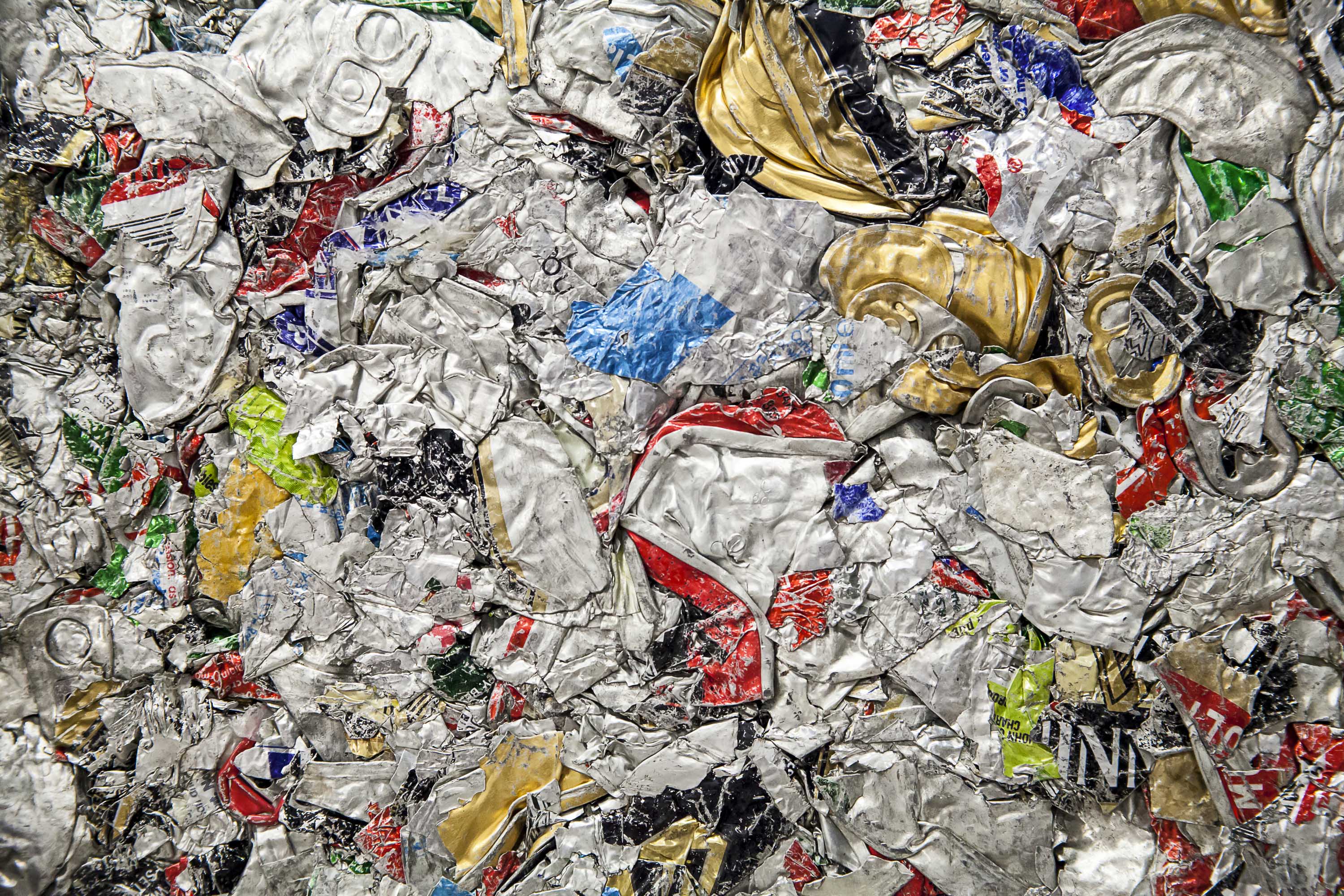
Joshua Sofaer’s art installation The Rubbish Collection showcases the sometimes surprising materials that are created from the everyday rubbish produced by staff, contractors and visitors at the Science Museum. After documenting all the Museum’s waste for 30 days we have traced where it goes, and how it is recycled and transformed from rubbish back into valuable materials. For recyclable rubbish put into the Museum’s recycling bins, the first port of call in the journey is the Grundon Material Recovery Facility […]
